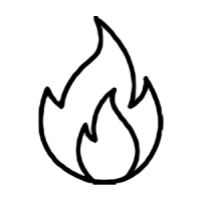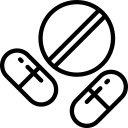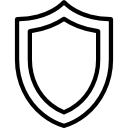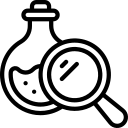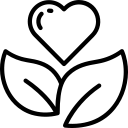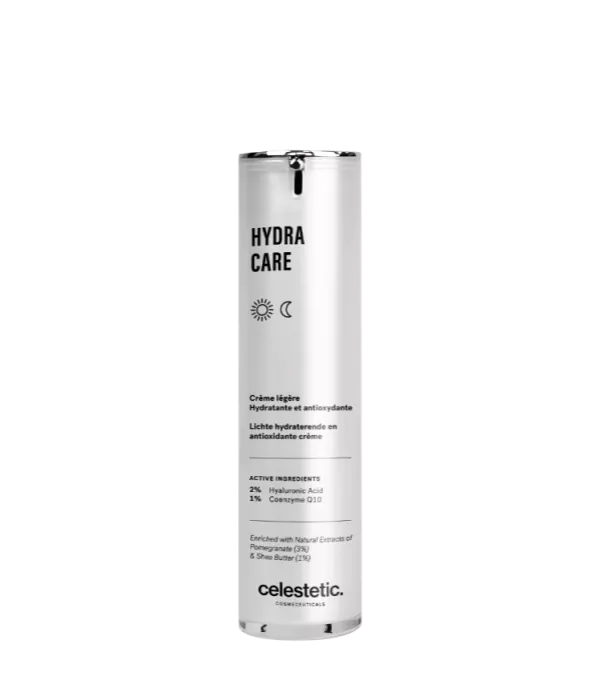« (…) Astaxanthin has a unique molecular structure which enables it to stay both in and outside the cell membrane. It gives better protection than β-carotene and Vitamin C which can be positioned inside the lipid bilayer ».
Ambati, Ranga Rao, et al. "Astaxanthin: sources, extraction, stability, biological activities and its commercial applications—a review." Marine drugs 12.1 (2014): 128-152 Source
Higuera-Ciapara, I., L. Felix-Valenzuela, and F. M. Goycoolea. "Astaxanthin: a review of its chemistry and applications." Critical reviews in food science and nutrition 46.2 (2006): 185-196. Source
« (…) evidence that astaxanthin possesses various health benefits and important nutraceutical applications in the field of dermatology. (…) its benefits on skin (…) including photoprotective, antioxidant, and anti-inflammatory effects ».
Davinelli, Sergio, Michael E. Nielsen, and Giovanni Scapagnini. "Astaxanthin in skin health, repair, and disease: A comprehensive review." Nutrients 10.4 (2018): 522. Source
« (…) prevents ultraviolet A (UVA)-induced alterations in cellular superoxide dismutase (SOD) activity and cellular glutathione content and displayed protection against UVA-induced DNA damage ».
Hussein, Ghazi, et al. "Astaxanthin, a carotenoid with potential in human health and nutrition." Journal of natural products 69.3 (2006): 443-449. Source
« When Asx-lipo was applied to skin before UV exposure, UV-induced skin thickening was prevented. Interestingly, collagen reduction induced by UV exposure was also prevented (…) inhibited melanin production in skin exposed to UV ».
Hama, Susumu, et al. "Protective effects of topical application of a poorly soluble antioxidant astaxanthin liposomal formulation on ultraviolet-induced skin damage." Journal of pharmaceutical sciences 101.8 (2012): 2909-2916. Source
« (…) Our results presented the protective role of Astaxanthin (AST) against oxidative stress in GCs which was mediated through up-regulating the phase II enzymes as a result of NRF2 activation. » « AST suppressed ROS generation (P<0.01) and cell death (P<0.05) in GCs induced by oxidative stress ».
Eslami, Mojtaba, et al. "Astaxanthin Protects Human Granulosa Cells against Oxidative Stress through Activation of NRF2/ARE Pathway and Its Downstream Phase II Enzymes." Cell Journal (Yakhteh) 23.3 (2021): 319 Source
Naguib, Yousry MA. "Antioxidant activities of astaxanthin and related carotenoids." Journal of agricultural and food chemistry 48.4 (2000): 1150-1154. Source
Rao, Ambati Ranga, et al. "Effective inhibition of skin cancer, tyrosinase, and antioxidative properties by astaxanthin and astaxanthin esters from the green alga Haematococcus pluvialis." Journal of agricultural and food chemistry 61.16 (2013): 3842-3851. Source
« (…) combining oral supplementation (6mg/day) and topical application for 8 weeks in 30 volunteers
showed improvements in skin wrinkle (crow’s feet), age spot size (cheek), elasticity (crow’s feet), skin texture (cheek) and moisture content of the skin (cheek) ».
Tominaga, Kumi, et al. "Cosmetic benefits of astaxanthin on humans subjects." Acta Biochimica Polonica 59.1 (2012). Source
« Astaxanthin has also shown to have anti-inflammatory, immune-modulating, and DNA repair properties ».
Singh, Kritarth Naman, Saiprasad Patil, and Hanmant Barkate. "Protective effects of astaxanthin on skin: Recent scientific evidence, possible mechanisms, and potential indications." Journal of cosmetic dermatology 19.1 (2020): 22-27. Source
« (…) a group receiving 78.9 µM topical astaxanthin treatment twice daily for 15 days. Astaxanthin-treated wounds showed noticeable contraction by day 3 of treatment and complete wound closure by day 9, whereas the wounds of control mice revealed only partial epithelialization and still carried scabs. (…)The results indicate that astaxanthin is an effective compound for accelerating wound healing. ».
Meephansan, Jitlada, et al. "Effect of astaxanthin on cutaneous wound healing." Clinical, Cosmetic and Investigational Dermatology 10 (2017): 259. Source



